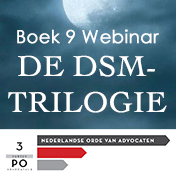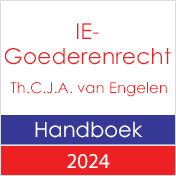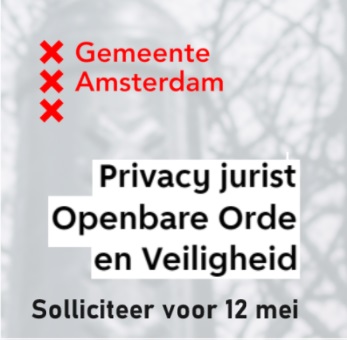B9 10550. Gerecht EU, 14 december 2011, zaak T-237/10, Vuitton Malletier tegen OHIM / Friis Group International.
Merkenrecht. Beeldmerk/Vormmerk. Nietigheidsactie tegen het Gemeenschapsbeeldmerk ‘Weergave van sluitmechanisme’ van Vuitton. Het Gerecht vernietigt de beslissing van OHIM: het merk is slechts voor gedeelte van de waren niet-onderscheidend en nietig. Inburgering van het merk is niet onderbouwd voor alle lidstaten.
68. As regards the latter question, it must be pointed out that the various aspects of the contested mark highlighted by the applicant are not sufficient to conclude that the shape of that mark departs significantly from the norm or customs of the sector as regards the ‘spectacle cases’ in Class 9, the ‘jewel boxes in precious metals, their alloys or coated therewith’ in Class 14 and the ‘travel bags, travelling sets (leather goods), trunks and travelling bags, garment bags for travel, vanity cases, rucksacks, shoulder bags, handbags, attaché cases, document cases and briefcases of leather, pouches, wallets, purses, key cases, card cases’ in Class 18.
73. In so far as the mark applied for has those characteristics and other characteristics capable of substantiating a significant departure from the norms or customs of the sector have not been put forward by the applicant or discovered by the Court in its analysis of that mark, it must be held that the Board of Appeal was right to find, in paragraph 52 of the contested decision, that that mark consists of the typical image of a locking device for the goods mentioned in paragraph 68 above and is, therefore, devoid of any distinctive character as regards those goods.
75. As regards, by contrast, the ‘jewellery, including rings, keyrings, buckles and earrings, cuff links, bracelets, trinkets, brooches, necklaces, ties pins, ornaments, medallions; horological and chronometric instruments and apparatus, including watches, watchcases, alarm clocks’ in Class 14 and the ‘umbrellas’ in Class 18, it must be pointed out that, although it is true that those goods may include a locking device, the fact remains that, as is apparent from practical experience generally acquired from the marketing of such goods which, as has been pointed out, are general consumer goods, the locking devices which they include do not, as a general rule, take the form of the locking device of the contested mark anymore than that of the examples of such devices shown in paragraph 45 of the contested decision.
79. Although it is possible that a locking device identical or similar to that of the contested mark might be adapted for use on the goods mentioned in paragraph 75 above, the fact remains that such a device departs significantly from the norms and customs of the sector and, consequently and contrary to what the Board of Appeal found in paragraphs 52 and 53 of the contested decision, possesses the minimum degree of distinctive character required to justify the registration of the contested mark in respect of those goods.
82. It is apparent from all of the foregoing considerations that the first plea must be partially upheld and the contested decision annulled in so far as it declared the contested mark invalid in respect of ‘Jewellery, including rings, keyrings, buckles and earrings, cuff links, bracelets, trinkets, brooches, necklaces, ties pins, ornaments, medallions; horological and chronometric instruments and apparatus, including watches, watchcases, alarm clocks; nutcrackers in precious metals, their alloys or coated therewith, candlesticks in precious metals, their alloys or coated therewith’ in Class 14 and ‘leather and imitations of leather’ and ‘umbrellas’ in Class 18.
100/101. The unitary character of the Community trade mark, to which the applicant refers, does not cast doubt on that finding but, on the contrary, confirms it, since it is apparent therefrom that, in order to be accepted for registration, a sign must possess distinctive character, inherent or acquired through use, throughout the European Union (…) It is apparent from all of the foregoing considerations that, since it found, in paragraph 73 of the contested decision, that the applicant had not adduced evidence of the acquisition by the contested mark of distinctive character on account of the use which had been made of it in a number of Member States, the Board of Appeal did not infringe either Article 7(3) or Article 52(2) of Regulation No 207/2009 when it declared it invalid for the goods mentioned in paragraph 83 above.
Lees het arrest hier.



























































